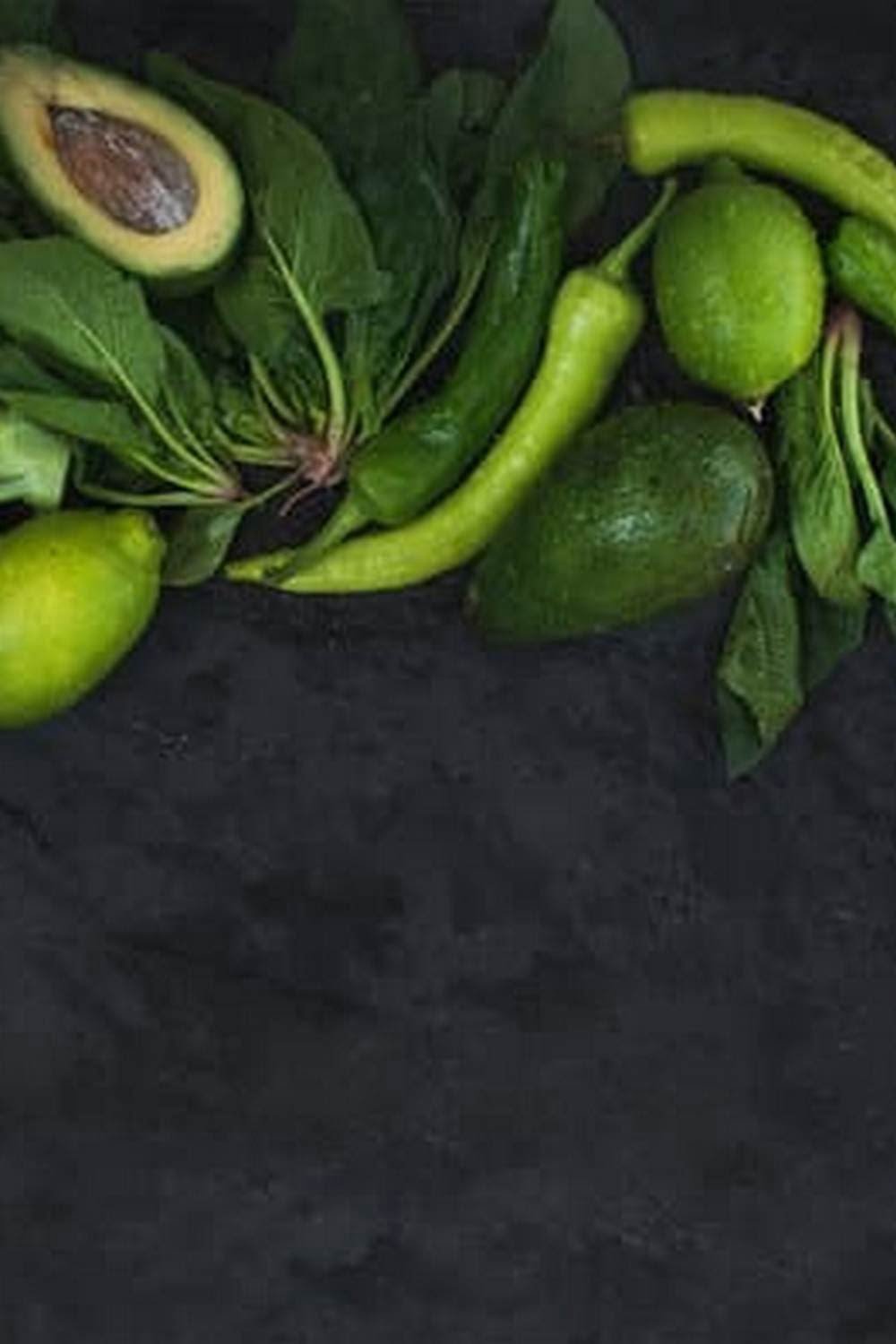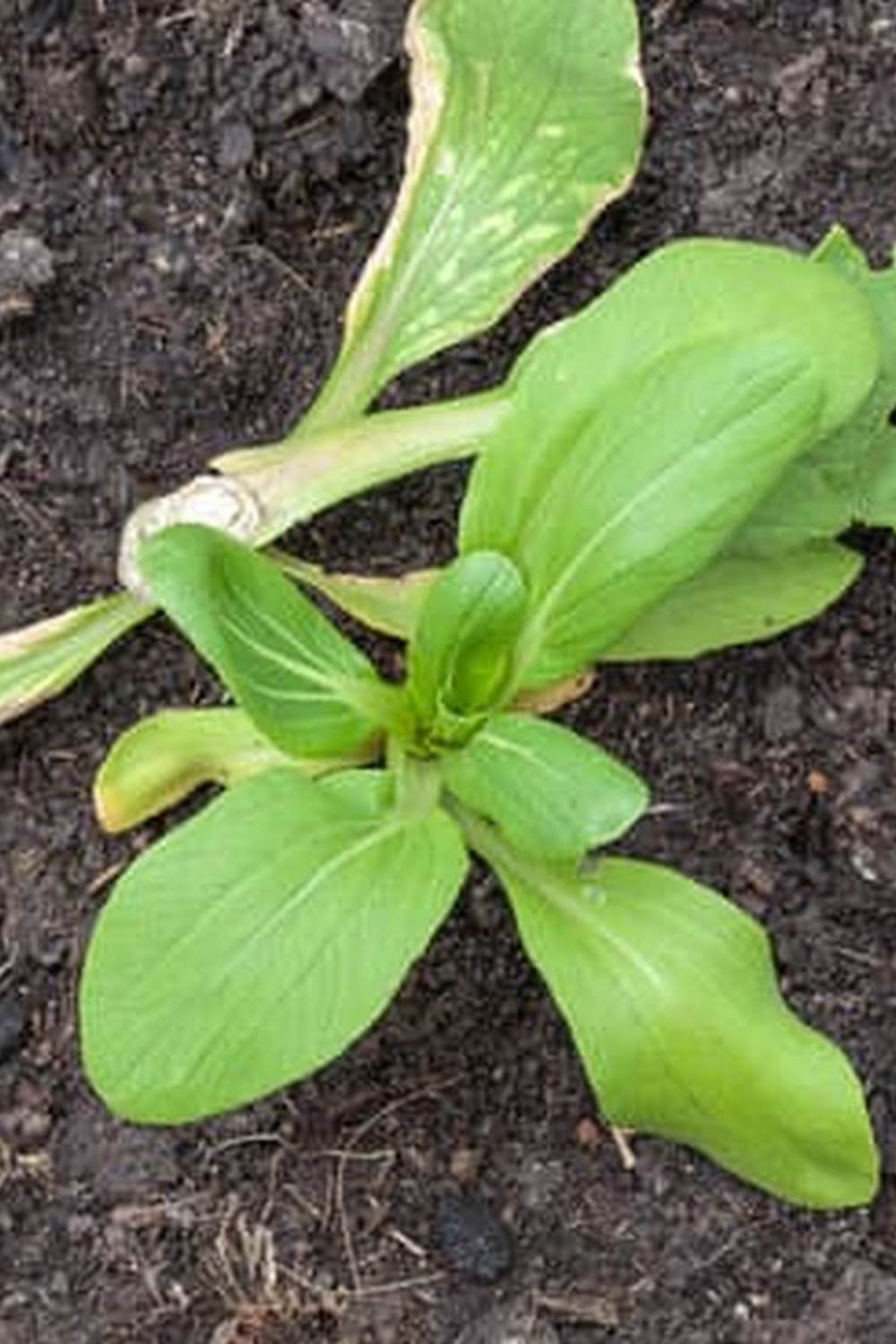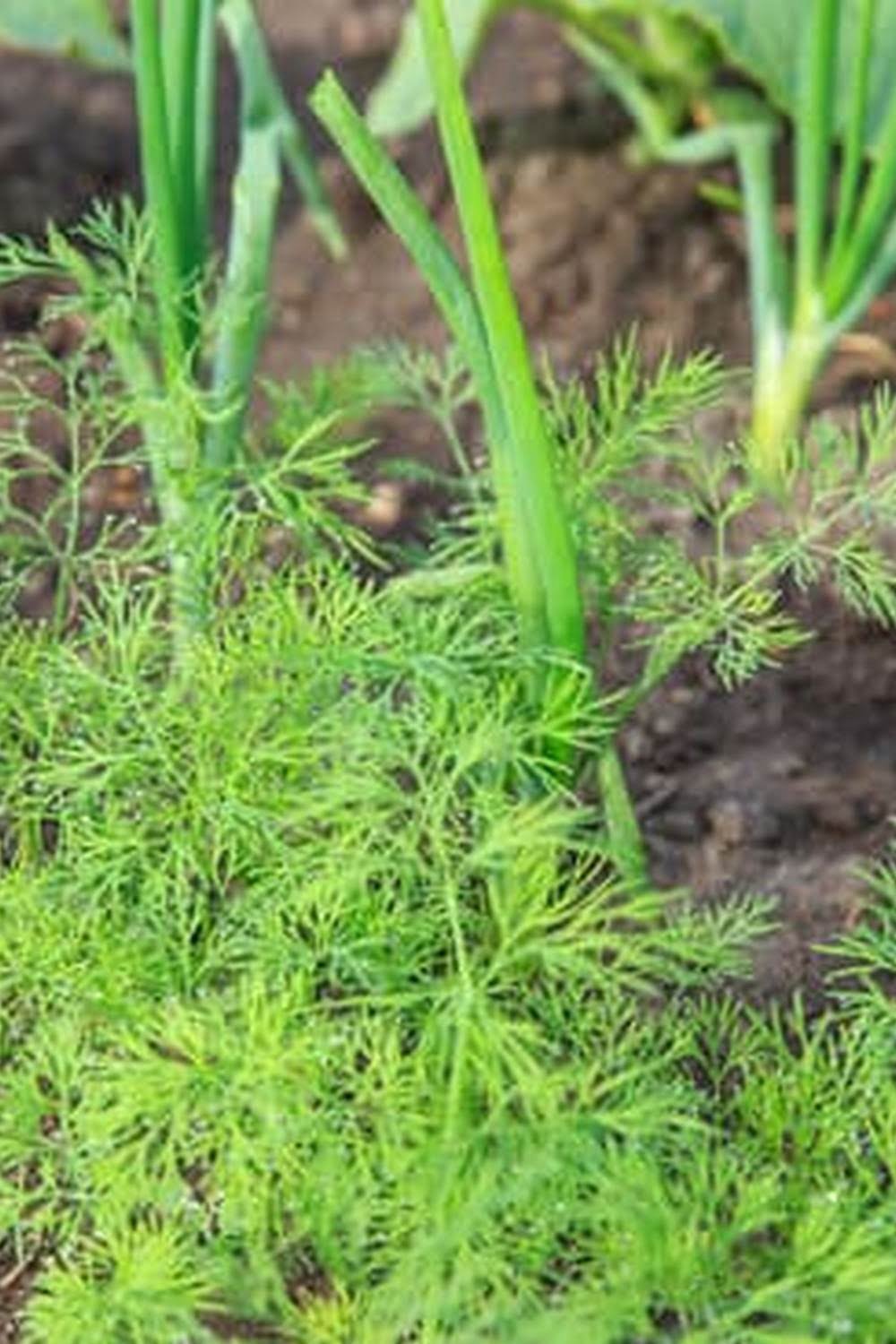Introduction
Getting soil ready for a vegetable garden is an important way to ensure a successful harvest. Preparing the soil well before planting will help to provide essential nutrients, balance pH levels, control weed growth and make it easier for your plants to grow and thrive. It can even boost the flavor of your produce. Taking the time to get your soil ready for growing vegetables will bring many rewards, making it well worth the effort!
One of the primary benefits of preparing your soil for a vegetable garden is that you will be able to nourish your plants with nutrient-rich soil. Through the process of amending and fertilizing, you will be able to add much-needed minerals and nutrients such as nitrogen, phosphorus, potassium and other micronutrients which are essential for healthy plant growth. These nutrients help support vigorous stem development, flower production, and prolific yields. Additionally, you can use specialized composts or additives that naturally regenerate or preserve beneficial microorganisms in the soil which aid in breaking down organic material faster and protect against serious diseases such as blight or root rot.
Another benefit is that by readjusting existing pH levels in the soil, you’ll be able to better support different types of vegetables which prefer different ranges (for example acid loving crops like cranberries or potatoes may require more acidic soils). Also by ensuring that there’s optimal water drainage when prepping has been completed – as waterlogged grounds inhibit proper aeration – you can prevent nutrient leaching from heavy rainfalls during sensitive stages in plant development; cause issues with root toxicity; aid faster germination rates; increase airflow around roots ;and reduce vulnerability to severe weather conditions throughout the growing season.
Finally getting soil ready for a vegetable garden prevents valuable space from becoming overgrown with weeds which compete heavily with shallow rooted crops such as lettuce and kale; ensures there’s competition from outside pests ; assists with controlling erosion through tilling and aerating; helps save money on unnecessary pesticides/herbicides used on unwanted species (which could damage desirable plants); and makes harvesting easier as everything won’t become overcrowded once they reach maturity size.
In conclusion, getting your garden soil ready before planting is incredibly important when it comes to a having successful growing season – regardless if it’s a large farm operation or just backyard vegetable patch – due all of its various advantages ranging from providing necessary nutrition elements; balanced acidic/alkaline ranges ; helping maintain hygiene standards; increased security towards extreme weather fluctuations; eliminating weeds and unwanted pests without relying on harsh chemicals – thus reducing spread of plant diseases –and much more making very worthwhile time investment!
Essential Soil Preparation Steps
1. Test the Soil: Testing your soil is the first step to take before you begin vegetable gardening. testing will help you figure out what type of soil you have and what kind of adjustments need to be made for optimal nutrient content.
2. Amend the Soil: Based on the results of your test, amend your soil according to the needs of your specific vegetable garden. This can include adding things like compost or manure for added organic matter, as well as fertilizer for additional nutrients.
3. Loosen and Level the Ground: To create an optimal planting environment, break up any clumps in the soil and level out any bumps or lumps that may prevent even growth and maturation of vegetables.
4 . Plant Cover Crops: Cover crops add essential nutrients to the soil while providing protection against erosion when used before growing vegetables in a new area. Planting cover crops are helpful especially if tilling is not an option in order to avoid altering the current microbial activity in soil.
5 . Mulch: Spread a layer of straw mulch around plants after they have been planted and watered regularly can help reduce weeding continuously throughout summer months and suppress weeds that may compete with vegetables for essential nutrients found in the soil.
Assessing Soil Quality
Before beginning the task of getting your soil ready for a vegetable garden, it is important to assess the quality of the soil. The first step in this process should be to test the pH level of the soil, which dictates its acidity or alkalinity. This is important as different vegetables thrive in different soil types. A simple pH test kit will help you identify what type of soil you have–neutral, acidic or alkaline–and inform how much further work may need doing to condition it for plant growth.
Once you’ve identified your soil type, it’s time to move onto assessing your soil’s fertility and texture. If a laboratory report isn’t available, an at home soil test kit will be able to indicate fertility levels and texture by testing for organic matter content and nutrients such as nitrogen, phosphorus and potassium (which are all essential elements in nutrient cycling). Additionally, observing unusual odors or colors can provide insight into the health of your soil; earthy smells can indicate beneficial bacteria while sulfur aromas might require more research as they could mean poor drainage. Last but not least, an inspection with your hands can quickly reveal further information such as root damage (due perhaps to compaction) that may impact on plant growth if left untreated.
Armed with this knowledge about your soil health, now is the best time to create an action plan in order to prepare your patch for growing delicious veggies! Depending on what issue was highlighted in the assessment step, you can start amending it with composts or fertilizers that are tailored specifically for vegetable gardens.. As a final check (perhaps before planting), another quick checkup is worth doing– from planting directly into samples taken from across the bed — just so everything looks top notch!
Achieving Optimal Soil pH Balance
The pH balance of your soil is a measurement of how acidic or alkaline it is. It typically ranges from 0 to 14 on the pH scale, with 7 being neutral. Depending on what type of vegetables you are trying to grow it may be beneficial to achieve the optimal pH balance in order to ensure that your plants receive and absorb adequate nutrients. For example, some crops like potatoes and cruciferous vegetables such as cabbage and broccoli prefer soils with lower pH levels, while others such as tomatoes and peppers prefer soils with higher pH levels.
In order to determine if any adjustments need to be made it is important to test the soil prior to planting. There are a variety of ways one can do this from utilizing home-based testing kits purchased from a garden centre or agricultural store; to reaching out to an extension office where they will provide a soil analysis report specifying the current balance and nutrient recommendations.
To raise the soil pH if too low one can use limestone which will add calcium ions into the soil raising its alkalinity. On the other hand, when dealing with soils that are too alkaline elemental sulfur can be added which helps dissolve into acids, lowering overall pH levels. Although it is important not to overdo any amendments as this could introduce other complications in terms of nutrient availability for your plants.
Watering and Nutrient Management
Watering: Proper watering is essential for your vegetable garden. Keeping the soil moist (but not soggy) helps create an environment for nutrition and healthy plant growth. The key to keeping your soil watered is consistency. Try to keep the same daily schedule and apply enough water so that it runs deep into the soil. This ensures that both new and deeper roots have access to moisture.
Nutrient Management: To give plants the nutrients they need, fertilizers are often necessary. Different soils require different types of fertilizers, so it’s important to understand which type of fertilizer works best with your particular type of soil. Organic fertilizers like manure or composted material can be added directly to the soil or applied as a side dressing on crops that are already established in their growing spaces. Synthetic fertilizers should also be used sparingly and only if there is a specific need identified through a soil test or visual inspection of the plants themselves. Composting will help restore nutrients in an organic way while providing beneficial drainage due to its airy composition. Adding mulch to topsoil can also help conserve moisture during dry spells, block out weeds, and add nutrients over time as it breaks down gradually.
Composting for Additional Nutrient Benefit
Composting is an excellent way to improve your soil for a vegetable garden. It is natural, cost effective, and the compost provides the soil with valuable nutrients and humus that help it retain water, provide structure, and buffer against pH changes. The process of composting needs proper balance of nitrogen-rich materials from sources such as vegetable scraps, garden trimmings, manure and grass clippings; Carbon-rich materials like straw, sawdust, peat moss & shredded paper; along with enough moisture to break down the organic material into usable nutrient rich compost.
One advantage of using compost in your vegetable garden soil is improved ability to retain moisture. Compost aids in water retention by helping to create porous aerated soil that is able to absorb and slowly release water as needed. Another advantage of adding compost to you soil is it increases nutrients already existing in your garden including nitrogen, phosphorus and potassium — all essential for healthy plant growth — improving the fertility of the soil with sustained benefits over time rather than short term boosts available via fertilizer applications. Adding compost also helps provide structure for healthy root growth making it easier for roots to penetrate and break up heavy clay soils or retain critical moisture in sandy soils. Finally, using compost to amend your garden also helps buffer against pH changes from season-to-season creating levels that are more consistent providing overall better conditions for growing vegetables easily met through amending or replacing indigenous soils with high quality compost from a dependable source used alone or incorporated with other organic substances such as composted cow manure or mushroom substrate for example
Soil Aeration
One of the most important steps in getting soil ready for a vegetable garden is to improve its aeration. Aeration is the process of loosening compacted soil and creating air spaces, which improve the movement of oxygen, water and other essential nutrients through it. Poorly aerated soil creates an unfavorable environment for root growth and reduces yields. To ensure proper aeration, there are various strategies you can employ.
The first approach involves physically working the soil by breaking down large clumps with a hand cultivator or spading fork. This method is commonly used after new planting beds have been established. The second approach entails spreading a thin layer of organic matter like compost over topsoil to create a loose top layer known as mulch. Applying mulch helps keep moisture levels consistent while also encouraging beneficial microorganisms to convert nitrogen into usable forms. Additionally, maintaining healthy worm populations in your garden further improves aeration by keeping the soil rich with pore spaces between particles and humus-rich aggregates that prevent compaction and allow greater penetration of air. Lastly, choosing proper irrigation methods such as drip lines or soaker hoses will help avoid any run-off that could lead to poor plant growth due to reduced nutrient availability caused by waterlogging.
Weed Management
One of the best ways to ensure that your vegetable garden has healthy soil is by controlling weeds. Weeds compete with your vegetables for nutrients and water, and they can also harbour pests and diseases that can damage or even kill your plants. Taking a proactive approach to weed management is essential for protecting your crop.
Before you start planting, remove any existing weeds. This gives you a clean slate to work with. Consider smothering the area by laying down cardboard or newspaper several layers thick and then covering it with a layer of mulch. Hand-weeding can also be effective if you only have a few weeds.
After planting, apply mulch between the rows of vegetables to reduce further weed growth. The organic matter helps keep the ground moist, which prevents weed seeds from germinating in the first place! If any weeds do emerge, pull them out promptly so they don’t have time to spread into other rows or beds. Maintain regular monitoring for new weed growth as part of your routine garden care practices; this will help you spot potential problems early on.
Herbicides may be used as well; however, consider their long-term effects before applying them liberally around edible plants—it’s important to stay safe! Organic herbicides are available that use natural ingredients instead of chemical or synthetic treatments; look for these if you want to play it safe in your vegetable garden.
Troubleshooting Common Problems
Compacted Soil: Compacted soil can affect the oxygen levels in the soil, making it harder for roots to expand. To address this issue, gardeners may need to hand-till the soil or use a rototiller to break up compacted areas. Adding organic matter or fertilizers can also help loosen tight soils and improve oxygen content.
Excess Weed Growth: Weed growth can quickly take over a vegetable garden if left unchecked. In order to ensure that weed growth doesn’t overpower other plants, gardeners should add a layer of mulch during soil preparation and keep the area weed-free through regular weeding sessions throughout the growing season. If desired, pre-emergent herbicides can also be used as an alternative form of weed control.
Low Nutrients: Poor nutrient content in soils can lead to stunted plant growth and poor yields from vegetable gardens. Fortunately, this issue is relatively easy to address by adding compost or manure at planting time before planting starts; alternatively, commercial fertilizers may also be added as directed according to package label instructions.
Conclusion
To get your soil ready for a vegetable garden, it is important to start off with the proper soil type. Choose a well-draining soil, such as sandy loam or loamy soil, that is rich in organic matter. Once you have selected an appropriate soil type for your vegetable garden, test the pH level to make sure it is within 6.5–7.0 before amending with compost and other necessary ingredients like chelated iron and lime. If needed, till the soil up to 12 inches deep and break up large clumps of dirt using a cultivator or rake. Finally, check again that the pH level has stayed within 6.5–7.0 after amending and tilling in order to ensure optimal structure and fertility of your soil so vegetable plants can thrive.
In conclusion, getting your soil ready for a vegetable garden requires selecting the proper soil type with an ideal pH range between 6.5–7.0; amending the soil with compost and other additives; tilling up to 12-inches deep; and breaking up large clumps of dirt using a cultivator or rake before finally testing the pH level one more time to make sure all adjustments were successful.

If you’re looking to get into vegetable gardening, or are just looking for some tips on how to make your current garden better, then you’ve come to the right place! My name is Ethel and I have been gardening for years. In this blog, I’m going to share with you some of my best tips on how to create a successful vegetable garden.





